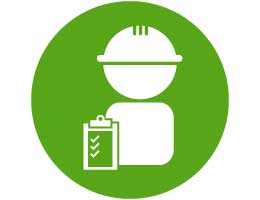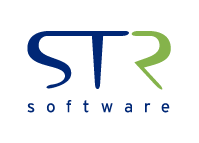While the term ‘procedural attachments’ is relatively indicative of its meaning, the reason to use them in your organization may be less clear.
 Maintenance technicians across a wide variety of industries take enormous pride in their work, and for many businesses, maintenance programs are built relying on the knowledge and experience their technicians possess of their capital assets. Over years of working on the same machines, individual technicians develop their own ‘know-how’ or practical knowledge that help them complete maintenance requests in the most efficient manner.
Maintenance technicians across a wide variety of industries take enormous pride in their work, and for many businesses, maintenance programs are built relying on the knowledge and experience their technicians possess of their capital assets. Over years of working on the same machines, individual technicians develop their own ‘know-how’ or practical knowledge that help them complete maintenance requests in the most efficient manner.
This ‘know-how’ varies from technician to technician. Since maintenance teams typically have multiple technicians working on each capital asset, you have multiple team members performing similar work in very different ways.
So why do procedural attachments deliver consistency from technician to technician? They take human variation out of maintenance by providing detailed work instructions that not only inform technicians on the standards of procedure (SOP) but also ensure that the same tricks-of-the-trade are being used by all.
What does consistent maintenance mean for your business?
Meaningful Data
Today, far more analytics and time are invested in increasing the efficiencies of a business’s operations. This could not be truer of the maintenance industry. With the popularization of the ‘internet of things’ and ‘big data’, more businesses are using analytic tools to measure and record everything from assets’ temperatures to their levels of vibration.
This data can be extremely useful to maintenance departments and help to indicate when maintenance should be performed, but only if maintenance procedures are consistent throughout the facility. Without consistency, variations in the data levels may indicate a difference in your technicians, not in the performance of an asset. Through the use of procedural attachments, you can hold your maintenance procedures constant, enabling your organization to make informed decisions based off of the data you collect.
Efficient Onboarding
It takes years to develop ‘know-how’, which can put new employees and your organization at a disadvantage. Although they are extremely valuable to a business and often lead to better maintenance processes, the subtle nuances that enable technicians to do their job more effectively are rarely integrated into the company’s work documents. Detailed procedural attachments allow an inexperienced technician to learn from the best and decrease the length of the onboarding process.
Meet Industry Regulations
An increase in fines combined with a set of more stringent regulations has companies realizing that their asset maintenance procedures can no longer be validated by the statement, “That’s how we have always done it.” As of August 1st, 2016 OSHA increased penalties by 78 percent, making it increasingly important to follow regulations not only for the safety of your technicians, but also for your business’s bottom line.
Procedural attachments are crucial in order to comply with federal standards as many of the regulations require a standards of procedure be documented for maintenance activities to keep the industry’s technicians safe.
Printing Procedural Attachments
The advancements in computerized maintenance management systems (CMMS) have simplified the way businesses store procedural attachments. However, once a maintenance planner actually has to print these attachments and collate them into the technician’s work packet, the task remains unnecessarily inefficient and error-prone.
AventX for Oracle eAM and AventX for JD Edwards help maintenance planners provide technicians with accurate and complete work packets by automating a process that is all too often done manually. With AventX, all associated procedural attachments are automatically printed with the work order, in the correct order, reducing not only the time it takes to create work packets but also mistakes that are frequently made.
What’s Next?
- Learn more about AventX solutions for printing work orders
- Read about how retirement is affecting the maintenance industry
- Find out more about the ‘Internet of Things’ and Big Data Analytics


![Rollup of Product Updates [Spring 2024; v24.1]](https://www.strsoftware.com/wp-content/uploads/2023/02/Feature_Image_ProductUpdate_Wave-510x382.png)

